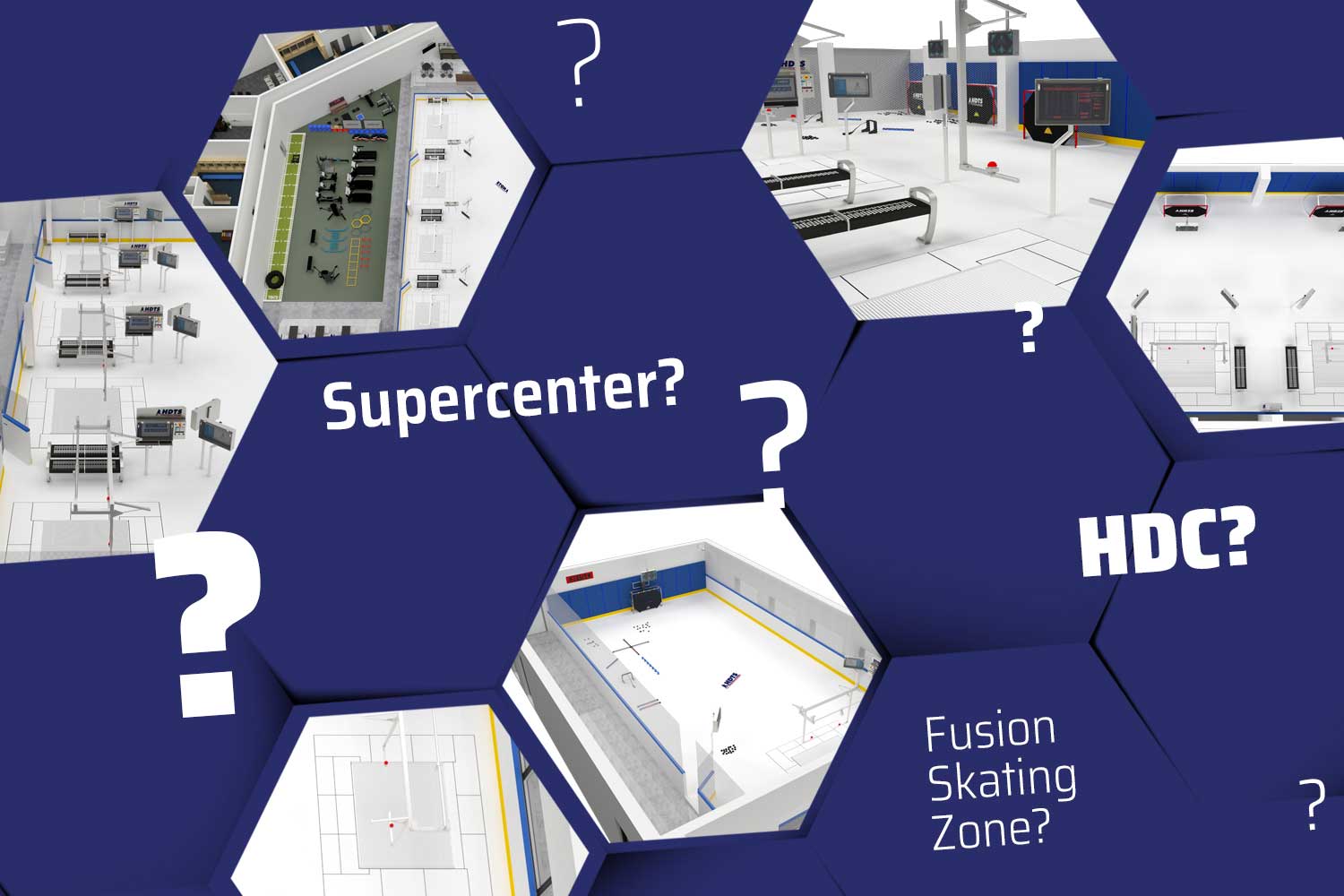
Hockey training centers are rapidly becoming essential pillars in player development and the sports business landscape. Whether you are a small or medium business owner, a parent of a young athlete, a former hockey player seeking a new venture, or a trainer expanding your services, understanding how to create and operate an effective hockey training facility is crucial. These centers blend advanced hockey training technology, expert coaching, and data-driven methods to significantly improve player skills while creating sustainable business opportunities.
Centers equipped with innovative zones like Fusion Skating Zone with skating treadmills—often called skatemills—and synthetic ice shooting zones deliver measurable performance enhancements. For example, successful facilities like the Kingston HDC Relm Sports in Canada and HDC San Diego have become benchmarks in integrating technology and methodology for optimal hockey training results. This guide walks you through all the crucial steps in building a high-performing hockey training center or facility that meets modern demands.
The success of a hockey training center hinges on knowing exactly who your users are. Your facility might serve youth players eager to learn, amateur teams aiming to compete, professional athletes needing specialized development, or coaches focusing on individual growth. Each audience shapes your center’s design, services, and programming choices. Aligning your business goals with the training needs of these varied users ensures your facility remains relevant and effective.
Creating a hockey training facility involves a comprehensive financial plan covering startup costs, operations, and technology investment. Developing a robust business plan with (or without) HDTS can help forecast your return on investment and manage costs effectively. Revenue sources often include memberships, specialized training camps, special center’s programs, sponsoring and sales of hockey products. Strategic cost management and possible funding options set the foundation for long-term success and growth.
Space limitations, especially in North America, require smart facility design. Ideal locations are near ice rinks with easy public access. A well-planned layout includes zones for skating, shooting, diagnostics, and “dryland” training. Ensuring compliance with local regulations and lease agreements is also vital to avoid future operational disruptions.
Modern hockey centers excel by incorporating specialized zones. The Fusion Skating Zone, featuring cutting-edge skatemills, allows players to refine skating techniques (and much more) with precision. The Shooting Zone uses synthetic ice technology to simulate ice shooting conditions year-round. The Professional Gym Zone offers targeted strength and conditioning equipment designed for hockey-specific demands. Finally, the Testing Zone powered by the innovative beeSPORT ecosystem uses data analytics to personalize player development programs, ensuring the best outcomes.
Integrating technology is no longer an option; it’s the key to unlocking player potential and differentiating your center in a competitive market.
Staffing your center with skilled coaches, trainers, and technical support is crucial. Efficient scheduling and client management systems optimize operations. Regular equipment maintenance and strict health and safety protocols ensure a safe and high-quality training environment.
Successful hockey training centers build strong communities and local partnerships. Effective marketing strategies encompass social media marketing, search engine optimization (SEO), influencer collaborations, and engaging storytelling. Showcasing success stories from well-established centers like Kingston, San Diego, and for example European HDC in Geneva demonstrates real impact. Hosting seminars and camps further enhances visibility and client engagement.
Avoid mistakes such as misjudging the target audience or improper sizing of the facility, which can undermine your center's sustainability. Insufficient marketing support, poor business plans, underutilized technology, and poorly trained staff often lead to challenges. Focus on continuous improvement and community-building to thrive.
Kingston HDC Relm Sports is a state-of-the-art hockey hub that doubles as a training center for coaches across North America, successfully combining expert methodology and advanced technology. San Diego’s HDC Center is renowned for its emphasis on team preparation and consistent performance. In Europe, Geneva's facility uniquely fuses individual and team training, fostering seamless player development through ongoing programs and camps.
Top-quality equipment drives success in a hockey training center. Skatemills, AI diagnostic system Skating Analysis, synthetic ice shooting zones, comprehensive gym setups, and diagnostic tools like beeSPORT collectively enable effective training. Planning for upgrades and future technology ensures your facility remains competitive and attractive for years to come.
After launching, ongoing training for staff, software updates, and responsive technical support keep your center operating at peak efficiency. HDTS offers comprehensive post-sale services, helping you build a dynamic, innovative training environment that evolves with the sport.
Building a high-performance hockey training center is a multilateral venture. With the right blend of targeted business planning, cutting-edge technology, expert operational management, and strategic marketing, your center can shape the future of hockey development. Leverage the expertise and global solutions of HDTS to transform your vision into a thriving, respected facility.
If you want to explore how our tailored hockey training solutions can help you establish or enhance your center, feel free to contact us for more information.